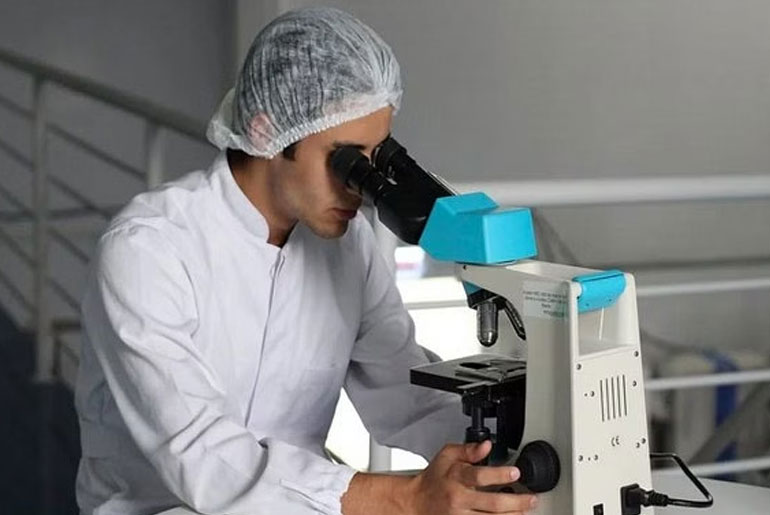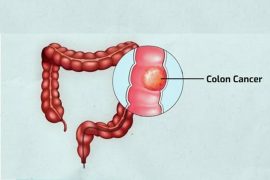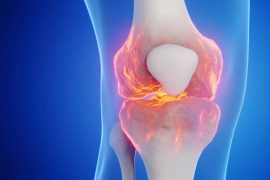Childbirth can sometimes require medical interventions, and a significant concern during such interventions, especially for first-time mothers, is obstetric anal sphincter injury (OASI). OASI is a severe form of perineal trauma occurring between the vulva and anus and can result in anal incontinence, difficulty controlling gas and excrement, decreased quality of life, and sexual issues. In Sweden, about 5% of first-time vaginal births result in this type of injury.
A randomised clinical trial, known as the EVA (Episiotomy in Vacuum Assisted delivery) trial, was conducted by researchers from Stockholm’s Danderyd Hospital and Karolinska Institutet to address this issue. The trial, whose findings were published in The BMJ, investigated the effectiveness of lateral episiotomy—a procedure where an angled incision is made in the tissue between the vaginal and anal openings—during vacuum-assisted deliveries.
Participants were recruited from eight Swedish hospitals between 2017 and 2023. Over 6,100 pregnant women expecting their first child agreed to participate in the trial if their delivery required vacuum assistance. Of these, 702 women were randomly assigned to either receive a lateral episiotomy or not receive an episiotomy.
“Women giving birth for the first time and requiring instrumental birth are at the highest risk of sustaining OASI,” stated Sophia Brismar Wendel, associate professor in obstetrics and gynaecology at the Department of Clinical Sciences, Danderyd Hospital, Karolinska Institutet and senior consultant at the Department of Women’s Health, Danderyd Hospital. “Therefore, we wanted to assess if such injury could be prevented in this group with a lateral episiotomy (angled cut in the perineum) when the baby’s head is crowning.”
The results of the trial indicated that the lateral episiotomy significantly reduced the risk of OASI by an average of 53%. Specifically, 6.1% of the women who received a lateral episiotomy sustained an OASI, compared to 13.1% in the group that did not receive the procedure. Importantly, the study found that the lateral episiotomy did not increase the risk of severe blood loss, negative birth experiences, prolonged hospital stays, or additional complications. However, it was noted that the risk of wound complications, such as infections and wound dehiscence, was higher in the episiotomy group.
“Episiotomy as a medical intervention is controversial as it has historically also been used for normal births, sometimes without the woman’s consent,” stated Sophia Brismar Wendel. “The use of episiotomy is highly variable in different countries, and in Sweden we’ve practised restrictive use given the lack of evidence. However, these results may impact obstetric care both in Sweden and elsewhere.”
The EVA trial continues to gather data on the long-term effects of lateral episiotomy. Researchers are particularly interested in the women’s self-reported symptoms one year and five years after childbirth, which include issues like anal incontinence and sexual function. The results from the one-year follow-up are currently being analyzed and are expected to provide further insights into the procedure’s long-term outcomes.
“This may help doctors and pregnant women in shared informed decision-making regarding the use of a prophylactic lateral episiotomy,” stated Sophia Brismar Wendel.
Disclaimer:
The information contained in this article is for educational and informational purposes only and is not intended as a health advice. We would ask you to consult a qualified professional or medical expert to gain additional knowledge before you choose to consume any product or perform any exercise.








